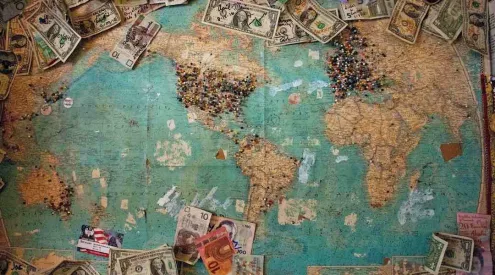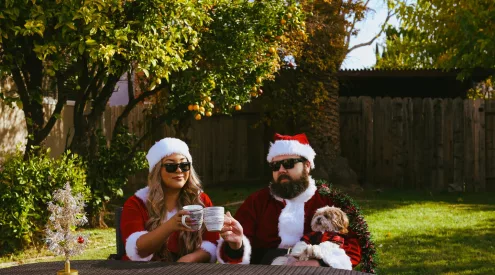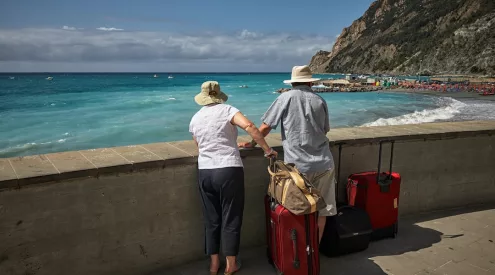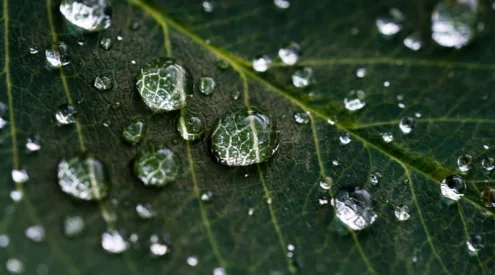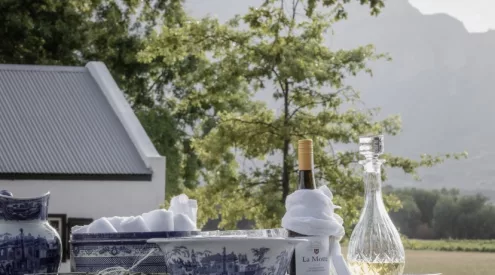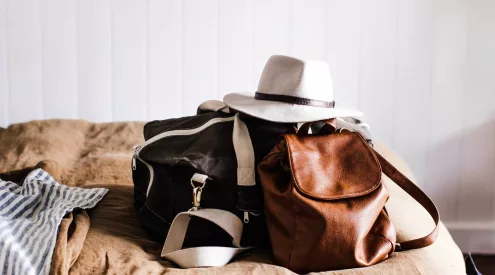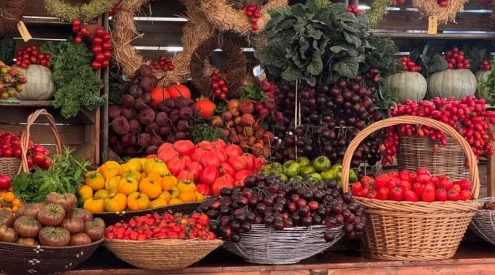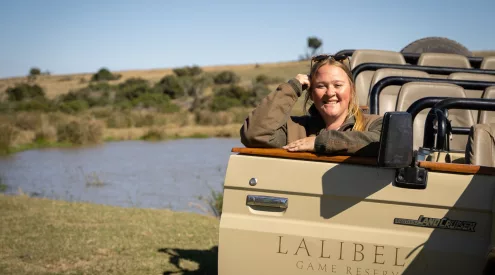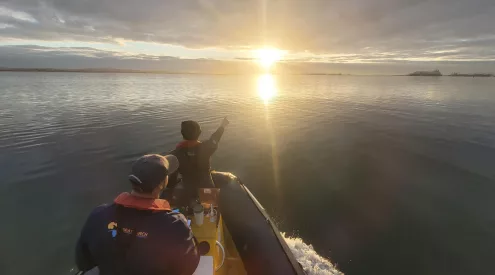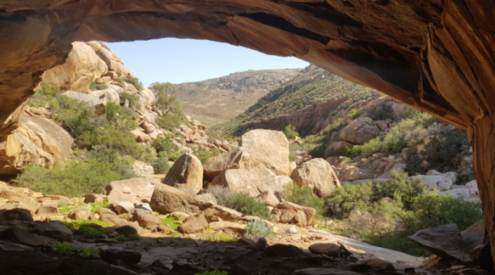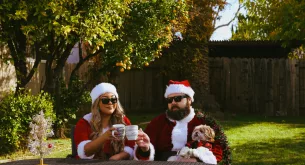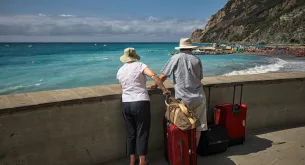When there’s a battle ignited between man and beast, such as the current day conflict between wildlife and humans that is trailing a path of death and dismemberment in its wake; there can be nothing that sings more of success than the development of a bond between the species. It is a true celebration of progress when the Himba man in Namibia salvages the lion that has killed his cattle and the Maasai elder in Kenya embraces the modern changes in the centuries-long tradition he teaches his young warriors. When it comes to the utter survival of the African lion it seems that the people who suffer the losses incurred by these predators are among the people who work to save the lives of lions. This extraordinary act of overcoming is the result of education, communication and understanding between the locals and the individuals who dedicate their lives to evolving conservation initiatives.
Amid a number of well-implemented projects and programmes that have been put to action in the urgent movement to save the lions, is a concept that has been replicated in various areas of Southern and East Africa: ‘Lion Guardians’ in Kenya’s Amboseli ecosystem and ‘Lion Officers’ in Namibia’s Kunene Desert. These positions are filled by members of community lands and conservancies who share with lions and have, as a result, suffered due to conflict with these big cats.
Sun Safaris sent me to Namibia to learn about the job of a lion officer in the Purros Conservancy. Bertus Tjipombo has had previous experience in his field, but most recently he has been employed by the TOSCO Trust pilot project that works in collaboration with Desert Lion Conservation. The aridity of Namibia’s northwest is only exacerbated by the presence of drought, further decreasing the area available to nourish both cattle and lion, which inevitably brings predator and prey together…disastrously. For six months, TOSCO has tested the project in which they pay a salary to specially elected men who live in the Gomatum and Hoanib Valleys to provide an early warning of the presence of lions. This way, herders are able to guide their grazing cattle to safety and the conflict that results in the deaths of both livestock and lion can be avoided.
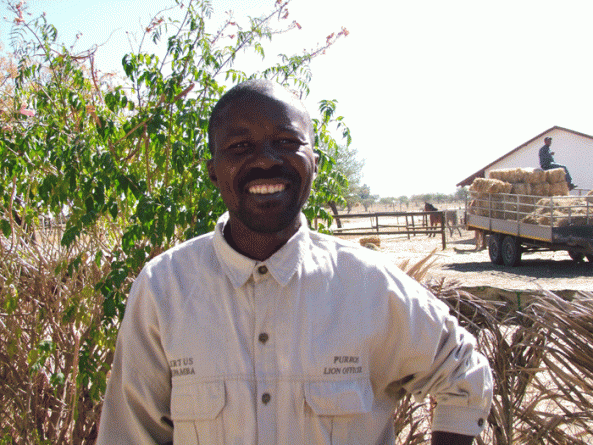
Sun Safaris sponsors Bertus Tjipombo's job as a Lion Officer in the Purros Conservancy where he is helping to combat the problem of human-lion conflict.
The desert lions that roam here have been carefully monitored for the last 15 years by Dr Philip Stander and after years of debilitating hunting practices and retaliatory killings by the local farmers, they have been protected and are now the pride of Namibia’s tourism industry. Losing these lions to poison, snares and gunshots is a reality that has been fought hard against, yet today I write about the men from these very same communities who go out on foot with flashlights to keep lions at bay in order to save their lives. Of course, these men are out to protect their wealth of cattle, but what prevents them from killing the lions and eliminating the threat altogether is what needs to be celebrated here – the ecological, economic and symbolic value of the lion.
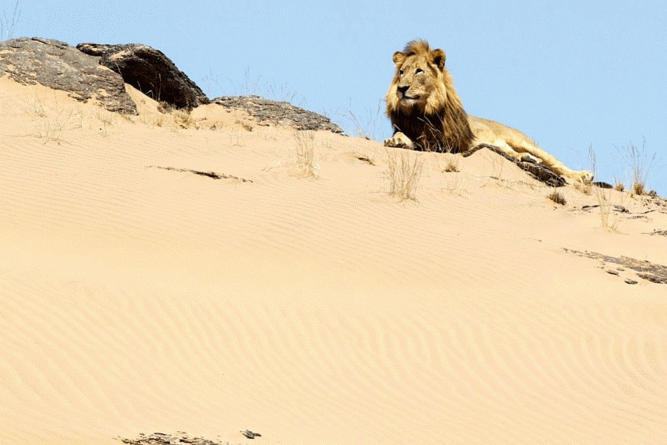
These desert lions are specifically adapted to survive the harsh conditions and have come to personify conservation success in Namibia. © Desert Lion Conservation
Photo by Desert Lion Conservation
On the opposite side of the continent, the Lion Guardians project established what Kenya could justly argue as one of the most successful methods used to combat human-lion conflict in the Amboseli. Beginning in just one area, the Mbirikani Group Ranch, in 2007 and having now reached communities outside of Ruaha National Park in Tanzania, the Lion Guardians programme has facilitated a dramatic drop in the number of lion deaths due to human-conflict in the area. Their statistics in 2011 unapologetically showed a 100% success rate in halting the number of traditional and retaliatory killings where Lion Guardians were present in the Amboseli from the year of the programme’s inception. This is in comparison to the loss of 63 lions that were killed, also in the Amboseli and in the same time period, but where Lion Guardians were not present. A clear correlation and a heart-warming success for the programme.
The Maasai tribe dominant in this area of Kenya has, for hundreds of years, associated strength and bravery with the killing of a lion, the ultimate African King. Young warriors achieve prestigious status as guardians of their community, men who have won against the might of a lion. The Lion Guardians team has worked with Maasais for 7 years, developing a closeness that has provided a unique platform allowing both ‘westerners’ and tribal elders to convert traditional lion killers into Lion Guardians. Crucial to the success of this initiative is the use of the Maasais’ identities as ‘guardians’ of their communities and their symbolic respect for the lion, which, without the help of projects like this, is an iconic species that could be facing extinction.
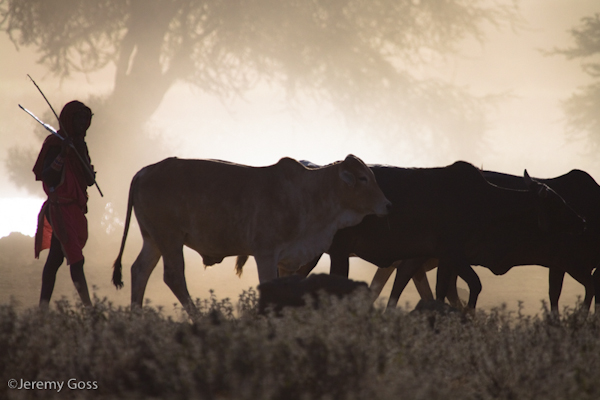
This young Maasai herder and his cattle are protected by the Lion Guardians in the Ambosleli. © Jeremy Goss
Photo by Jeremy Goss
In Kenya, Namibia’s Kunene conservancies, and other boundless areas of Africa, carnivores have made easy meals of farmers’ cows, goats and donkeys. In 1997 when the Lion Guardians of the Amboseli was initiated, it was imperative that the team behind the project approached the idea of saving these livestock killers with the ambition of improving the livelihoods of the communities and the people. The message was that through conservation and the ownership of ecological assets and resources, Maasais would reap long term benefits, sustaining their lifestyles and protecting, possibly the most valuable of all, the lion.
With a history of brutal slaughtering, decapitating, poisoning, spearing and shooting – lions all over Africa are the subject of traditional, defensive, retaliatory and senseless killings, to the point where experts predict that they won’t exist in 20 years’ time. These two initiatives are successfully utilising the manpower located in the core areas of conflict with lions, illuminating the heart of conservation. When the most important needs of the human residents are met, there should be no reason for this type of conflict that is causing such destruction. With other factors working so fiercely against the conservation of lions, there is an exceptional sense of pride and peace in that these Big Cats have their guardians in Africa: the men who protect their lions.
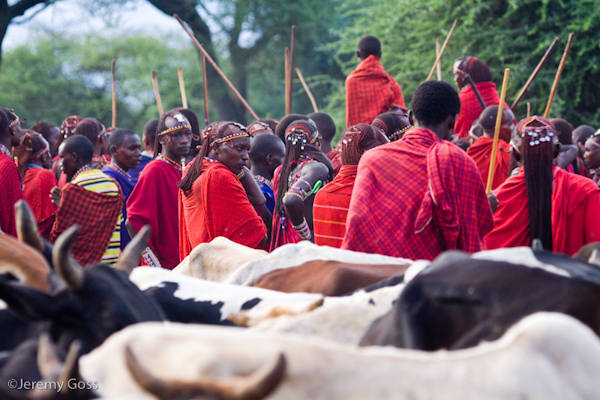
Cattle are invaluable to the Maasais, as they represent nourishment and wealth, which makes them worthy of protection by Lion Guardians. © Jeremy Goss
Photo by Jeremy Goss
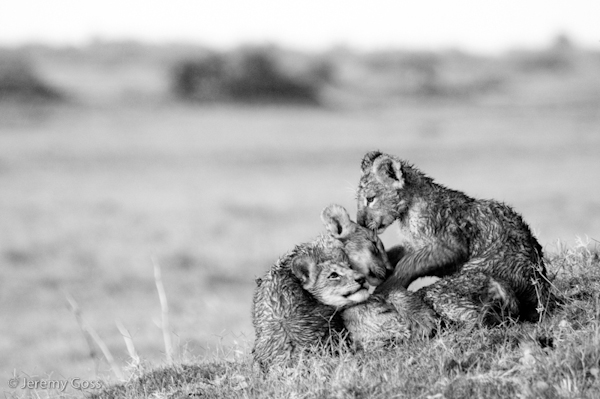
Lions are symbolic of strength and status in Africa - cherished by local people and protected by Lion Guardians. © Jeremy Goss
Photo by Jeremy Goss
This post is brought to you by Sun Safaris, organisers of Southern and East African safaris, holidays and nominees in the category of ‘Africa’s Leading Safari Company’ for the World Travel Awards 2013. Check out Sun Safaris on Facebook, Twitter and Pinterest and vote for them below.



